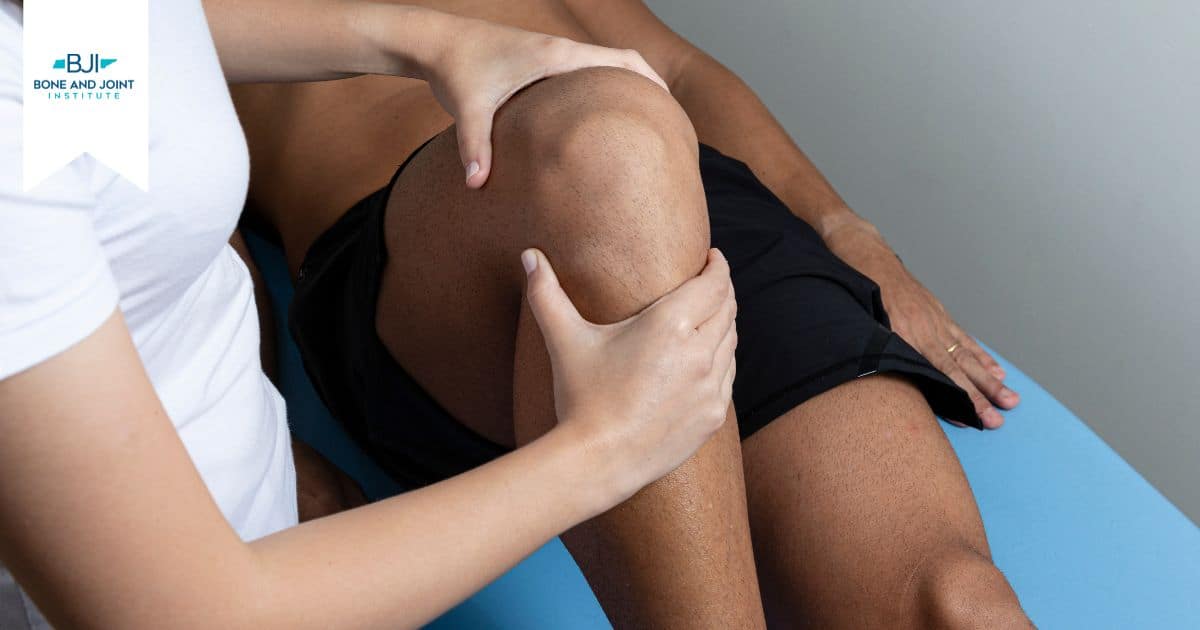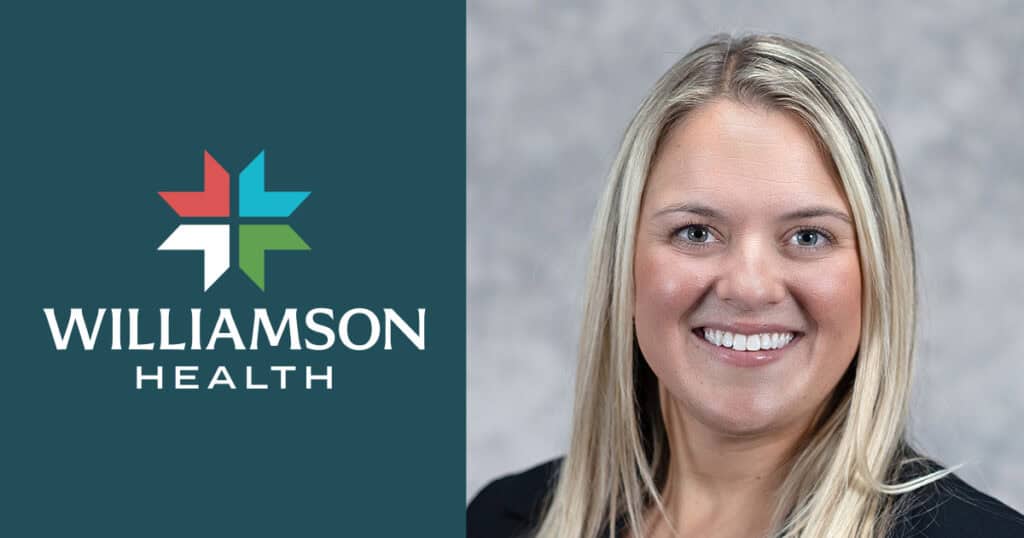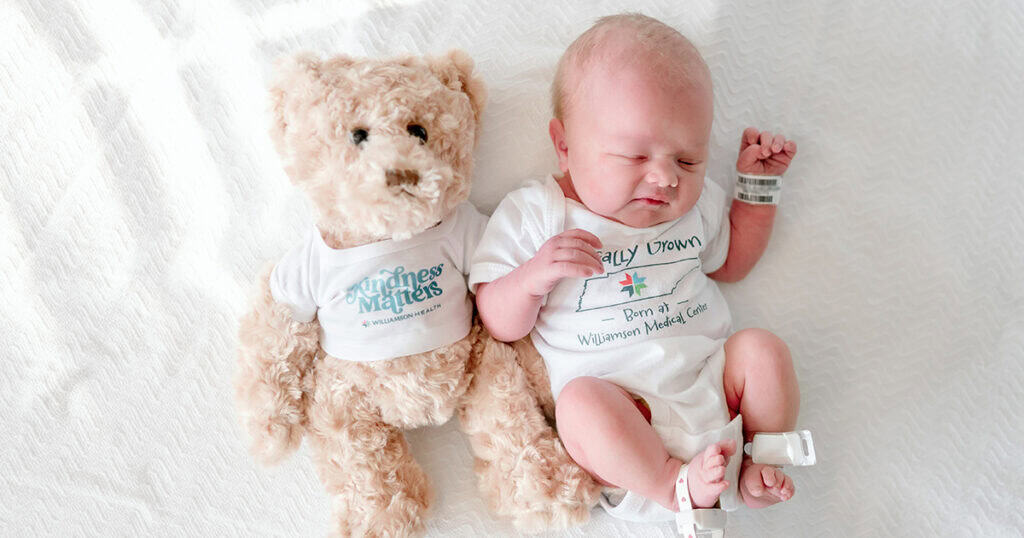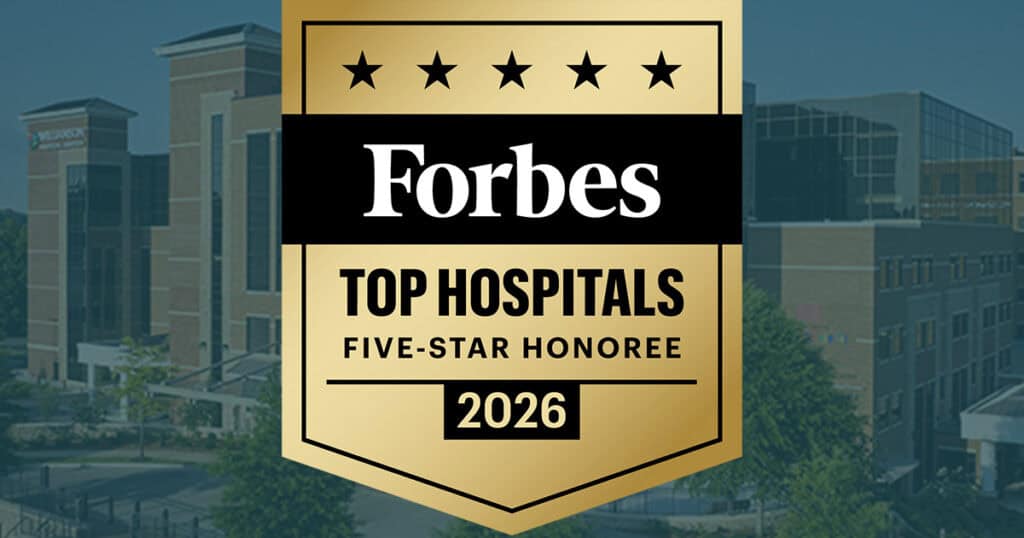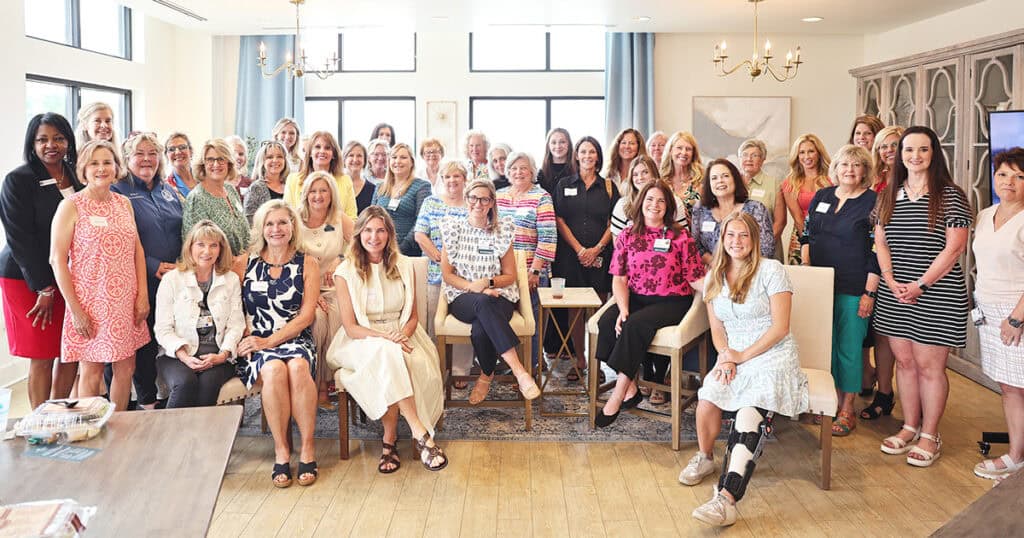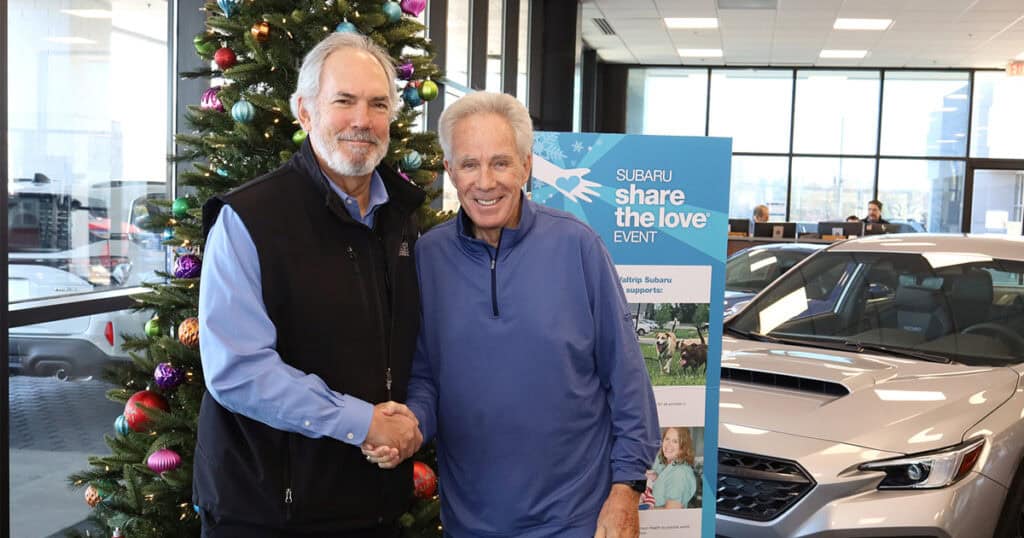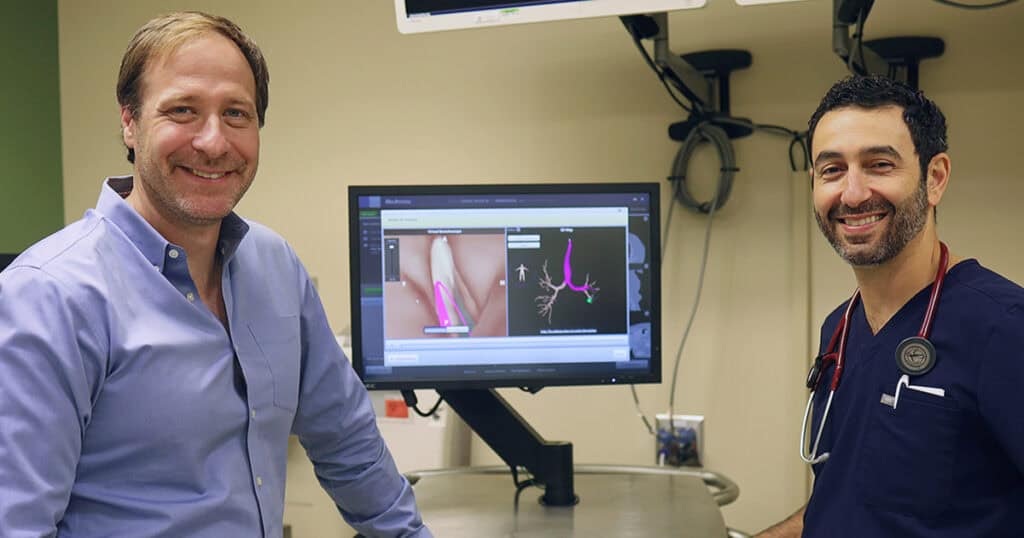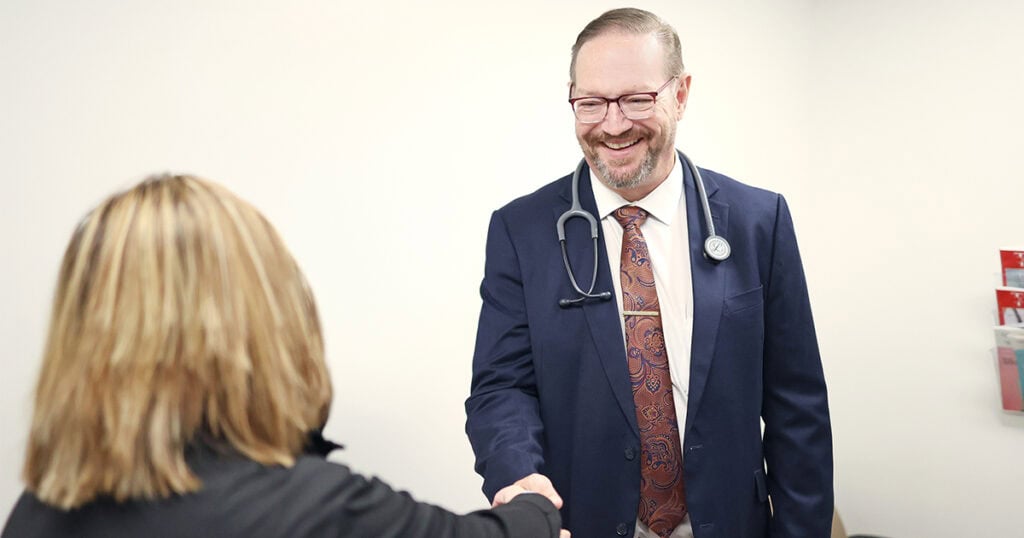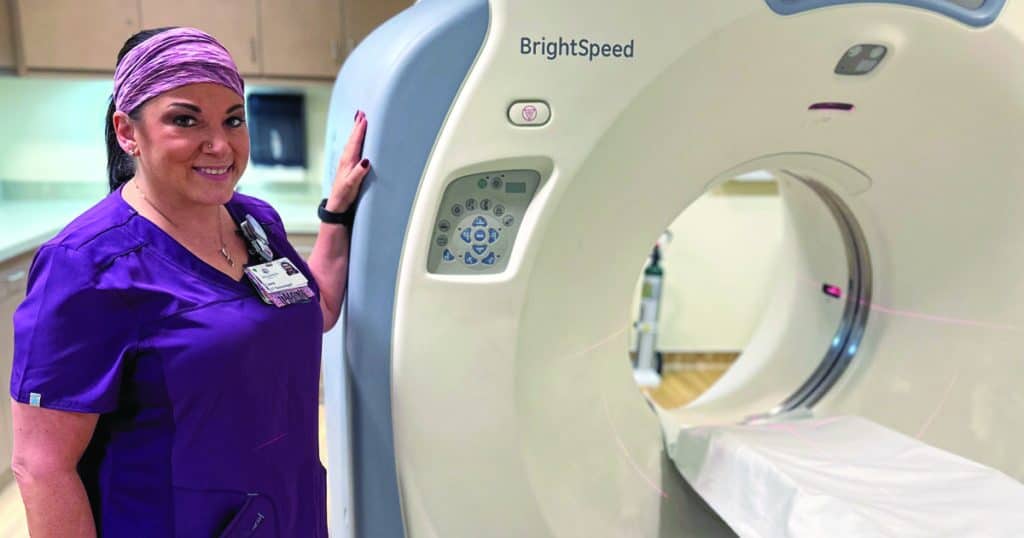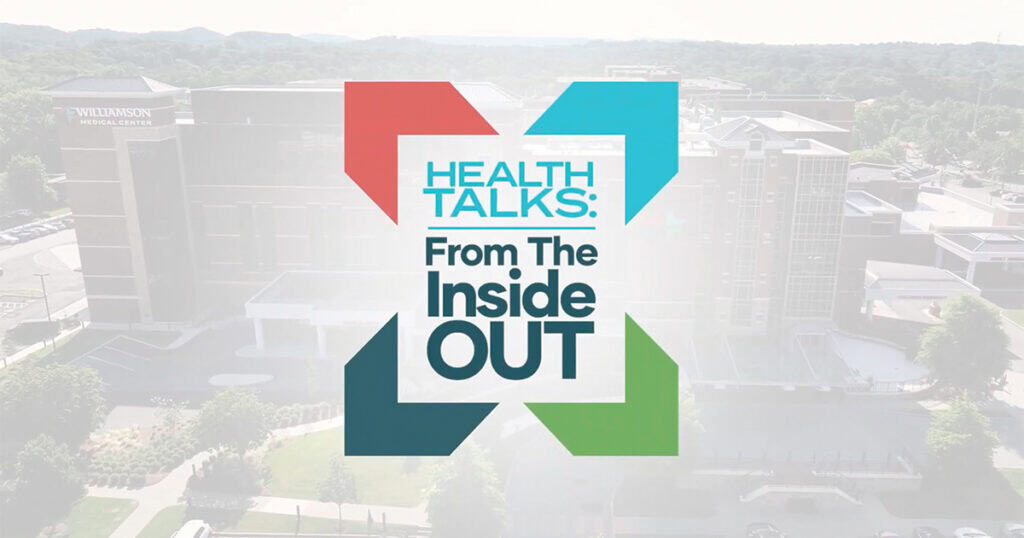A Path Back To Play with Bone and Joint Institute Rehabilitation Services
Published: November 14, 2024
Originally published in the Williamson Herald —
Scotty Wild, DPT, SCS, and Chris Justice, DPT, share expert insights on recovery timelines and rehabilitation protocols for injured athletes
Fall sports are well underway, with many teams already playing in the playoffs and tournaments. With so many practices, games, matches and general wear and tear, injuries come with the territory for skilled athletes. Unfortunately, some injuries, like ACL or meniscus tears, are season-ending and require dedicated rehabilitation to return to sport.
But what does that rehabilitation journey look like for someone who may have just received a season altering diagnosis? Scotty Wild, DPT, SCS, and Chris Justice, DPT, both experienced physical therapists at Bone and Joint Institute of Tennessee, explain the recovery process for these types of injuries and why they happen so frequently.
“The ACL and meniscus help limit rotation and translation of the shin and thigh bone, making them susceptible to injury in high impact sports,” said Wild. “Most sports require reactive-based activity leading to unplanned steps and increased stress on those ligaments.”
“That’s why we often see ACL and meniscus tears in football and soccer players,” added Justice. “Heavy lateral movements, cutting, planting and even tackling can put more strain on these ligaments, causing unnatural rotation and injury.”
Even dancers and gymnasts, who have increased mobility, are at risk of ligament tears when performing at a high level.
Regardless of the sport, an ACL or meniscus tear can be devastating for an athlete but the road to recovery can start sooner than you may think.
“Sometimes, we can start a physical therapy program as soon as the day after surgery,” said Justice. “However, this early stage is known as the protective phase and is essential to proper healing. This is a great time for patients to come into the clinic and allow physical therapists to guide them through a rehabilitation program, avoiding unnecessary stress and damage after surgery.”
In the early phases of rehabilitation, physical therapists will ensure that both legs are straight and equal to each other, work with the patient on range of motion, and make sure that any swelling is controlled — all of which are critical to quality of life, strength, and overall performance down the road, added Wild.
After building up strength, patients will begin jumping and running around three to four months into recovery, while waiting until closer to the six-month mark to reintroduce movements like cutting. Although it varies by patient, a return to sport can be estimated at around nine months of rehabilitation for ACL tears. Those with meniscus issues may have additional restrictions on weight-bearing and motion which can slow down recovery times.
“We have a battery of tests that measure strength, stability and range of motion which are used to gauge progress during the physical therapy,” said Justice. “An athlete may also revisit their physician for follow-ups and imaging throughout the process.”
Not only does this type of injury require physical strain, but it can also take a toll on an athlete’s mental health. A high percentage of patients deal with depressive episodes associated with an inability to perform at their usual level. Physical therapists use a variety of evaluations to help identify people who may be more apprehensive about rehabilitation or returning to sport.
“For these athletes, we try to break down different aspects of sport to help them understand what they have been able to do, and then build up to doing those things in a controlled environment prior to practice,” said Wild. “If the athlete needs further assistance, we are also able to refer them to a sports psychologist.”
Overall, ligament repair and recovery takes a team effort from the physicians, athletes, physical therapists and athletic trainers.
“Once the athlete is cleared to return to sport, we communicate with the school’s athletic trainer to discuss modifications and progress,” said Justice. “We establish an open line of communication so that the athletes know we are always there to provide support should they need us.”
“Healing properly from an ACL or meniscus tear takes time and is critical for a continued athletic career, and you can’t race biology.” said Wild. “I like to remind patients that everyone is different, and the providers at Bone and Joint Institute will work with each athlete to provide a rehabilitation program that best suits their goals and activity.”
For more information on physical therapy close to home, click here.
A Path Back To Play with Bone and Joint Institute Rehabilitation Services
Originally published in the Williamson Herald —
Scotty Wild, DPT, SCS, and Chris Justice, DPT, share expert insights on recovery timelines and rehabilitation protocols for injured athletes
Fall sports are well underway, with many teams already playing in the playoffs and tournaments. With so many practices, games, matches and general wear and tear, injuries come with the territory for skilled athletes. Unfortunately, some injuries, like ACL or meniscus tears, are season-ending and require dedicated rehabilitation to return to sport.
But what does that rehabilitation journey look like for someone who may have just received a season altering diagnosis? Scotty Wild, DPT, SCS, and Chris Justice, DPT, both experienced physical therapists at Bone and Joint Institute of Tennessee, explain the recovery process for these types of injuries and why they happen so frequently.
“The ACL and meniscus help limit rotation and translation of the shin and thigh bone, making them susceptible to injury in high impact sports,” said Wild. “Most sports require reactive-based activity leading to unplanned steps and increased stress on those ligaments.”
“That’s why we often see ACL and meniscus tears in football and soccer players,” added Justice. “Heavy lateral movements, cutting, planting and even tackling can put more strain on these ligaments, causing unnatural rotation and injury.”
Even dancers and gymnasts, who have increased mobility, are at risk of ligament tears when performing at a high level.
Regardless of the sport, an ACL or meniscus tear can be devastating for an athlete but the road to recovery can start sooner than you may think.
“Sometimes, we can start a physical therapy program as soon as the day after surgery,” said Justice. “However, this early stage is known as the protective phase and is essential to proper healing. This is a great time for patients to come into the clinic and allow physical therapists to guide them through a rehabilitation program, avoiding unnecessary stress and damage after surgery.”
In the early phases of rehabilitation, physical therapists will ensure that both legs are straight and equal to each other, work with the patient on range of motion, and make sure that any swelling is controlled — all of which are critical to quality of life, strength, and overall performance down the road, added Wild.
After building up strength, patients will begin jumping and running around three to four months into recovery, while waiting until closer to the six-month mark to reintroduce movements like cutting. Although it varies by patient, a return to sport can be estimated at around nine months of rehabilitation for ACL tears. Those with meniscus issues may have additional restrictions on weight-bearing and motion which can slow down recovery times.
“We have a battery of tests that measure strength, stability and range of motion which are used to gauge progress during the physical therapy,” said Justice. “An athlete may also revisit their physician for follow-ups and imaging throughout the process.”
Not only does this type of injury require physical strain, but it can also take a toll on an athlete’s mental health. A high percentage of patients deal with depressive episodes associated with an inability to perform at their usual level. Physical therapists use a variety of evaluations to help identify people who may be more apprehensive about rehabilitation or returning to sport.
“For these athletes, we try to break down different aspects of sport to help them understand what they have been able to do, and then build up to doing those things in a controlled environment prior to practice,” said Wild. “If the athlete needs further assistance, we are also able to refer them to a sports psychologist.”
Overall, ligament repair and recovery takes a team effort from the physicians, athletes, physical therapists and athletic trainers.
“Once the athlete is cleared to return to sport, we communicate with the school’s athletic trainer to discuss modifications and progress,” said Justice. “We establish an open line of communication so that the athletes know we are always there to provide support should they need us.”
“Healing properly from an ACL or meniscus tear takes time and is critical for a continued athletic career, and you can’t race biology.” said Wild. “I like to remind patients that everyone is different, and the providers at Bone and Joint Institute will work with each athlete to provide a rehabilitation program that best suits their goals and activity.”
For more information on physical therapy close to home, click here.
Published: November 14, 2024
